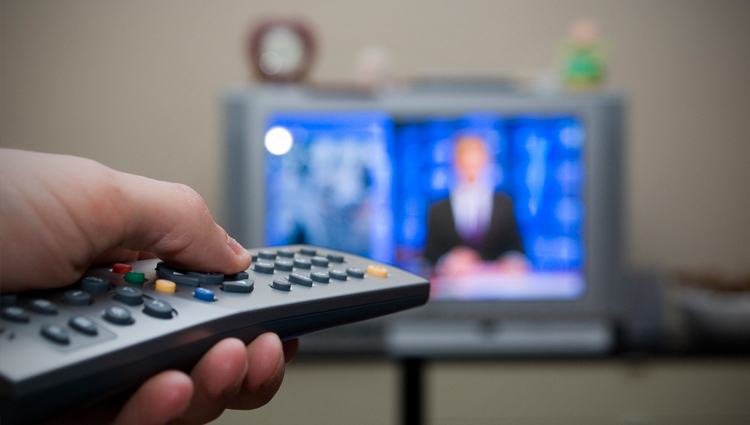DTV Transition Offers Benefits While Causing Confusion

By: Chris J. Nicolini
WASHINGTON -- As broadcasters nationwide complete the transition to digital television, most viewers don't understand the difference between analog and digital transmission signals - besides maybe adding a converter box to their television.
The main difference between analog and digital television signals is how the actual content is transmitted by the broadcast signal. Digital transmits everything in binary code - a string of 1s and 0s - and that signal is decoded by the receiving television into audio and video. Analog delivers information via a continuous signal that varies in amplitude and frequency.
Since digital signals are very efficient and require much less of the broadcast spectrum than analog signals need to deliver the same amount of information, switching to all digital signals frees up much of the spectrum for a multitude of new uses.
While the transition away from analog to DTV means older TV sets won't work without special conversion boxes, the digital signal offers a host of benefits including crisper reception, additional programming content on sub-channels and even reductions in the amount of energy required to transmit signals. DTV may even improve citizens' safety by using the newly freed-up parts of the spectrum to improve communication systems for emergency responders, police and fire departments.
"That’s the whole reason behind the new channel,” said Russell Mizelle, chief engineer for NBC affiliate WNCN in Raleigh, N.C. "All the channels above 51 are going to be used for those purposes. It’s good for the consumer because it lowers the locations of all the channel numbers. The lower the channel the easier it is to receive the broadcast signal because lower frequencies travel further distances while using less energy."
Over the past year Mizelle has provided a unique perspective about the DTV transition, blogging about preparing his TV station for all digital broadcasts.
Despite the seemingly endless public service announcements warning viewers that they might be at risk of losing broadcast television signals after the June 12 transition, the vast majority of viewers will not be affected since most homes receive signals from cable and satellite subscription services.
"Originally (the transition) it was slated for midnight on February 17th, but this time the government said that stations can go to all-digital signals anytime they want," Mizelle said. "We coordinated with all of the other area stations and figured it would be best to make the switch during the middle of the day. That way everybody would come home, rescan their channels, and everything will be fine. Everybody needs to rescan their channels once the transition is complete."
Approximately 19.6 million households nationwide receive their television signals via over-the-air transmissions, and 14.9 million of those homes contain two or more television sets that also rely on broadcast signals.
The National Association of Broadcasters (NAB) estimates that 88 percent of broadcast-only homes are adequately prepared for tomorrow’s transition. However, Mizelle doubts that the NAB’s high estimate of the number of digital transition-ready homes is realistic.
"There is a lot of last-minute scramble by people who are confused about whether they really need a converter box," Mizelle said. "Based on the number of calls we’ve received this week, I think Best Buy and Radio Shack are going to be swamped on Saturday."
